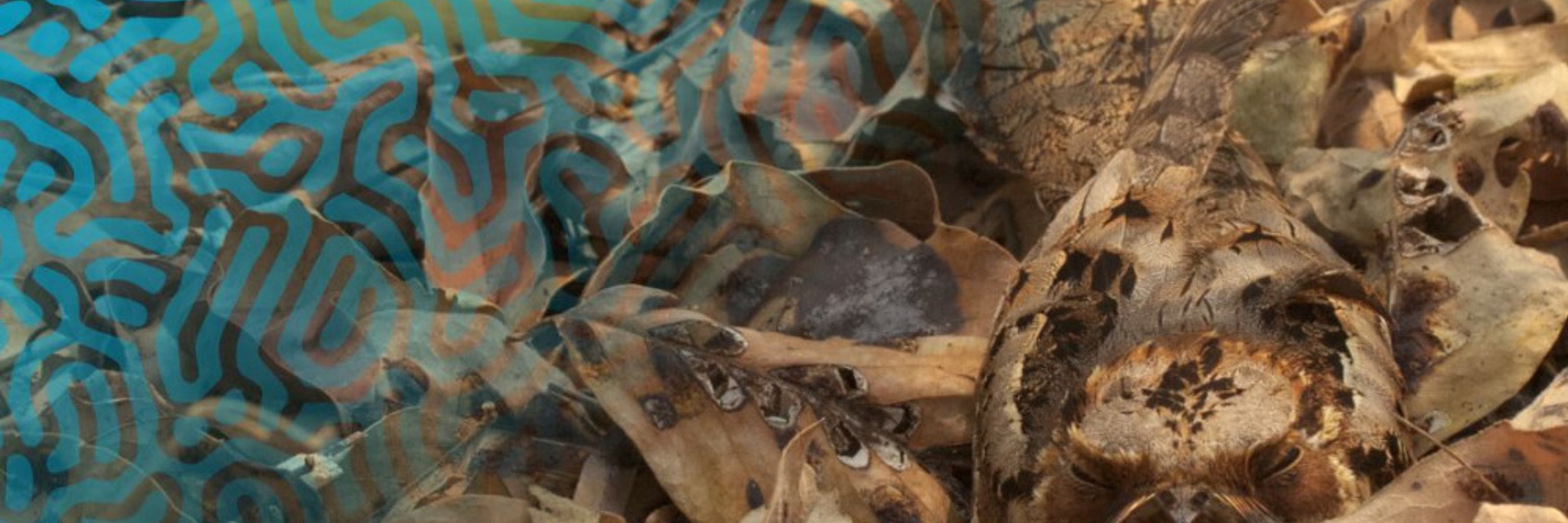
Jolyon Troscianko
@jtroscianko.bsky.social
Visual ecologist at Exeter University. I study how visual information affects the ecology, behaviour, survival and conservation of many different animals. Areas of interest include camouflage, signalling, visual modelling and artificial light at night
Generally, if you can see the stuff easily moving around yourself in video footage, then this system will be able to track it. So multiple petri dishes would be fine. 4k footage might let you have even more. But real-time processing would get slow with very high definition.
November 7, 2025 at 7:50 PM
Generally, if you can see the stuff easily moving around yourself in video footage, then this system will be able to track it. So multiple petri dishes would be fine. 4k footage might let you have even more. But real-time processing would get slow with very high definition.
Exactly - as it can easily track moving things 2px across or less, you can work with quite low-res footage (so easy to process on lightweight device), or find really tiny things in high-res footage to cover a larger area. You can classify things from flight behaviour or appearance too...
November 7, 2025 at 4:02 PM
Exactly - as it can easily track moving things 2px across or less, you can work with quite low-res footage (so easy to process on lightweight device), or find really tiny things in high-res footage to cover a larger area. You can classify things from flight behaviour or appearance too...
Yeah, this whole project started because we needed to automatically & reliably track moths against foliage moving in the wind.
The system is also lightweight enough to run real-time on a Raspberry Pi5
The system is also lightweight enough to run real-time on a Raspberry Pi5
November 7, 2025 at 2:36 PM
Yeah, this whole project started because we needed to automatically & reliably track moths against foliage moving in the wind.
The system is also lightweight enough to run real-time on a Raspberry Pi5
The system is also lightweight enough to run real-time on a Raspberry Pi5
Yeah it's a great little sensor. Also check out the OSpRad project if you don't need the imaging aspect.
And yes, it can work with pulsed sources either crudely with a long (e.g. 1 second) exposure, or with hardware sync through the Arduino (not implemented, but would be easy enough).
And yes, it can work with pulsed sources either crudely with a long (e.g. 1 second) exposure, or with hardware sync through the Arduino (not implemented, but would be easy enough).
January 8, 2025 at 7:57 PM
Yeah it's a great little sensor. Also check out the OSpRad project if you don't need the imaging aspect.
And yes, it can work with pulsed sources either crudely with a long (e.g. 1 second) exposure, or with hardware sync through the Arduino (not implemented, but would be easy enough).
And yes, it can work with pulsed sources either crudely with a long (e.g. 1 second) exposure, or with hardware sync through the Arduino (not implemented, but would be easy enough).
Costs are very high for UV systems, e.g. a good UV lens alone typically costs over $8k. Then maybe $20-50k for the camera.
But even then you end up with a system that has very low sensitivity, will struggle with large dynamic ranges, and definitely can't take wide-angle/panoramic images
But even then you end up with a system that has very low sensitivity, will struggle with large dynamic ranges, and definitely can't take wide-angle/panoramic images
January 8, 2025 at 11:51 AM
Costs are very high for UV systems, e.g. a good UV lens alone typically costs over $8k. Then maybe $20-50k for the camera.
But even then you end up with a system that has very low sensitivity, will struggle with large dynamic ranges, and definitely can't take wide-angle/panoramic images
But even then you end up with a system that has very low sensitivity, will struggle with large dynamic ranges, and definitely can't take wide-angle/panoramic images

